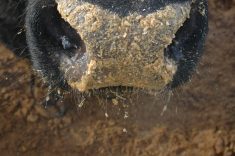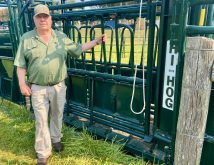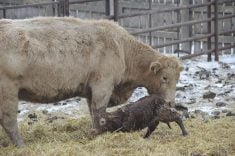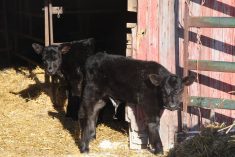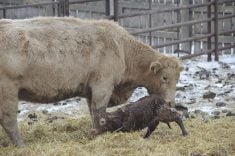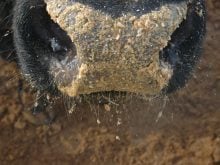Farmers who grow corn and raise cattle often use cornstalks as winter feed. This works best if the corn is strip-grazed rather than turning cows into the whole field.
The latter tactic allows cattle to select the ears and most palatable parts of the plants, leaving only less nutritious parts at the end of the grazing period.
Timothy DelCurto of Montana State University tells of a rancher in north-central Alberta who showed him how he grazes corn.
“He ran about 500 cows and his entire winter feeding program was grazing field corn. He grew a lot of corn and in each big field he’d let the cows graze in 100-foot strips, utilizing electric fence to strip graze,” says DelCurto.
Read Also
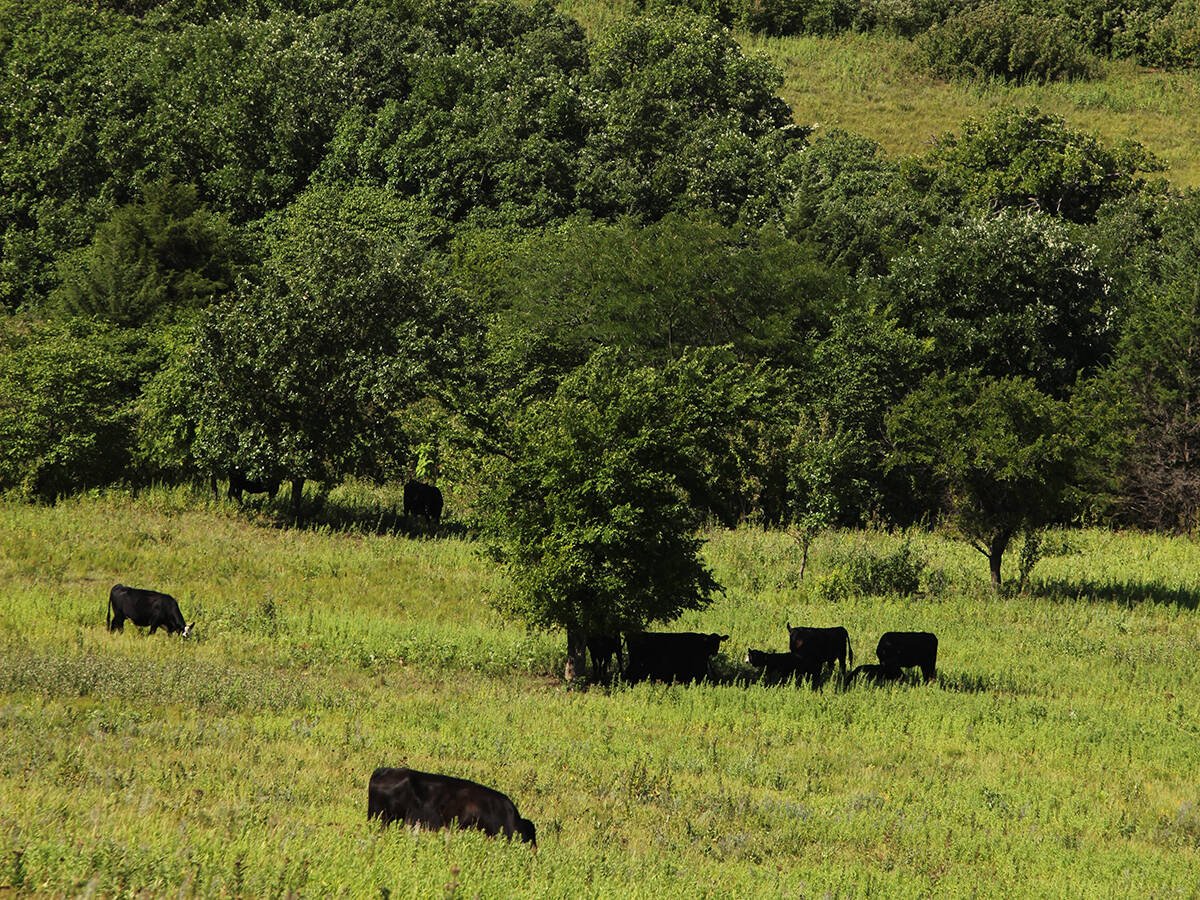
Beef cattle more prone to trace mineral deficiencies
The trace mineral status of our cows and calves is a significant challenge for western Canadian producers and veterinarians.
“His innovation, when he planted the corn, was to plant it in 100-foot segments and leave a four-foot blank space between them. This made it much easier to put up the electric fences later.
“He told me that the weather was really nice in the spring and early summer when he plants corn, but not so nice in the winter trying to fight bad weather and all those corn stalks to put in the fences. With four-foot strips through the corn field, he could zip down those alleys with his quad once a week and move the electric fence.”
DelCurto said snow depth wasn’t a problem because the cows ate the stalks down to the snow and went back after thaw to get what they’d missed.
“It was a great idea for making it easier to utilize cornstalks for winter feed. Happy cows make happy ranchers.”



